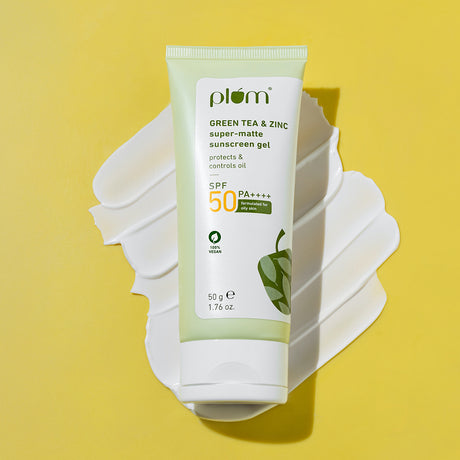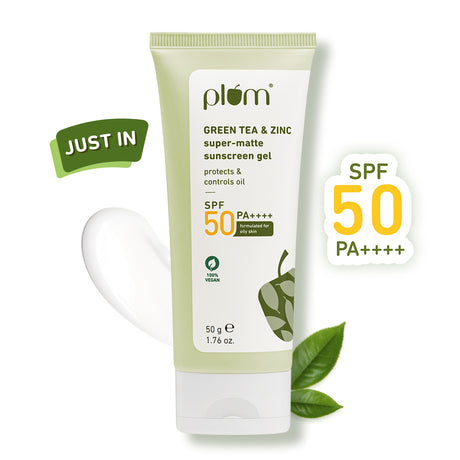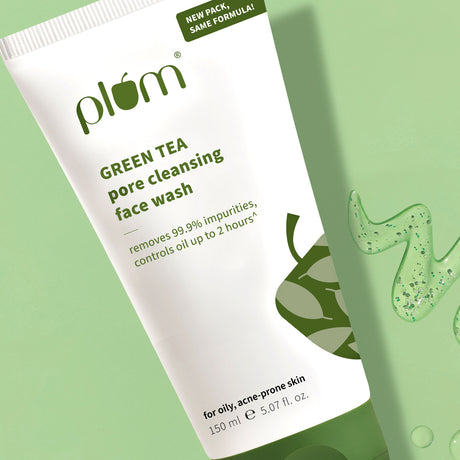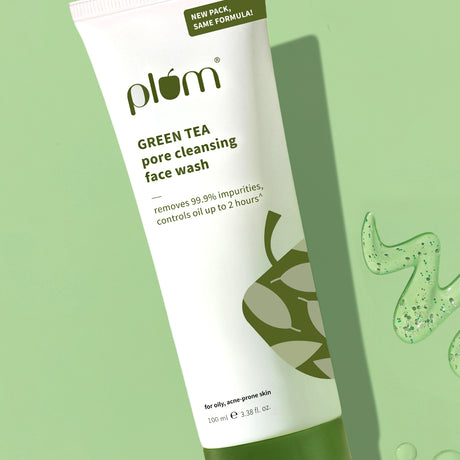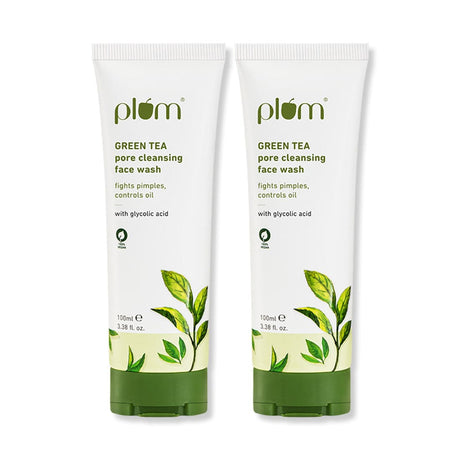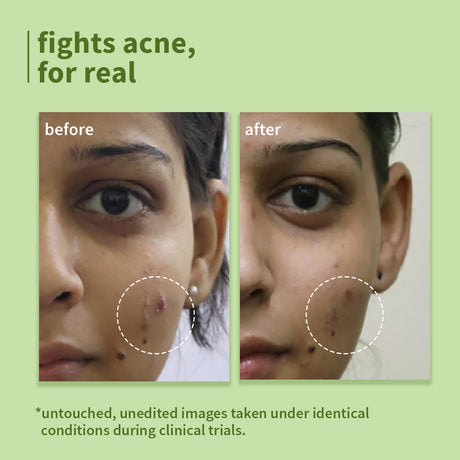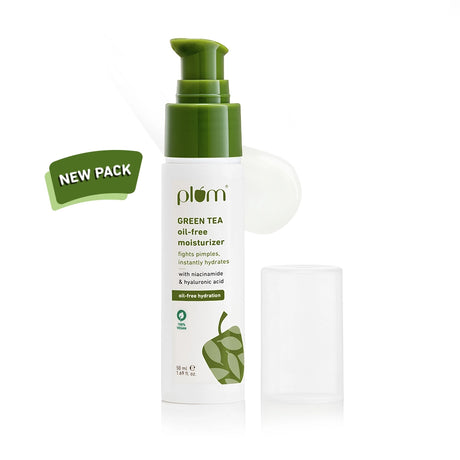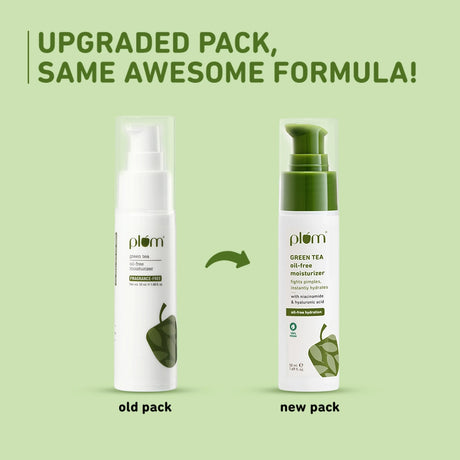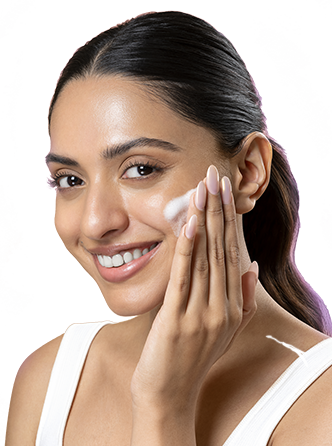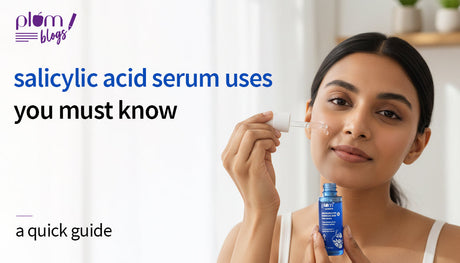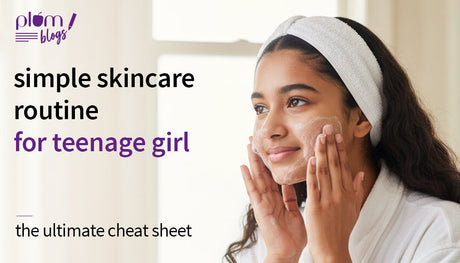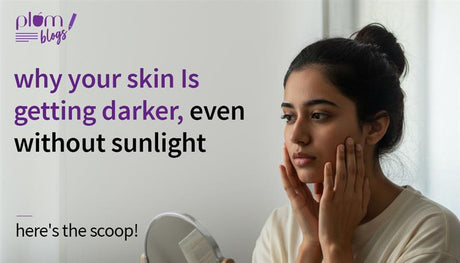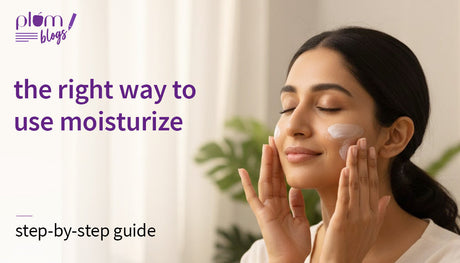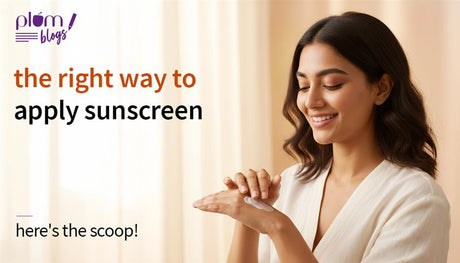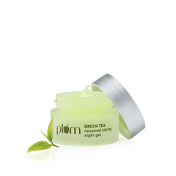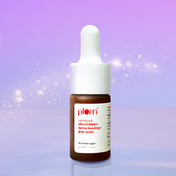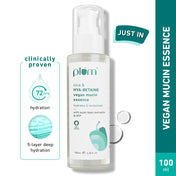
IN THIS ARTICLE
Just like every skin type is different, all the red bumps appearing on your skin are not the same.
Every bump aka breakout or pimple is different, occurring due to varying causes, with different appearances and severity. While the acne treatment is often quite homogenous, knowing the difference between the types of pimples helps identify the right treatment making it more effective and quick.
Medically known as acne vulgaris, you might call them zits, or breakouts—collectively, they’re all acne. To simply understand, acne is a skin condition while pimples are its symptoms.
Frequent breakouts and prevailing pimples on adult skin can be a sign of chronic acne, often triggered by factors like clogged pores, microbial infections, hormonal imbalance, stress, diet and environmental factors.
Persistent adult acne can progress into a very severe form if ignored and requires a more comprehensive approach to manage effectively.
In this blog, let’s explore different types of pimples, effective pimple treatments, and an easy skincare routine to reduce, prevent and combat acne while maintaining healthy, acne-prone skin.
What is a pimple? What are its causes?

Pimples are inflammations or bumps on your skin, caused by excess oil production and clogged pores. They sometimes appear during puberty in both men and women, due to the hormonal changes in your body.
Pimples are also triggered by a woman’s menstrual cycle and other hormonal changes.
However, you can also develop them if your skin comes into contact with allergens or microbial infections. Pimples commonly pop up on your face, forehead, chest, and areas that have a cluster of sebaceous/ oil glands.
Nevertheless, not all pimples are the same, and it's possible to have more than one type of acne simultaneously.
Types of Pimples

A hair follicle when clogged with oil and impurities like dirt, dead skin cells, and microbes, is referred to as a ‘comedo’.
The comedones (plural) on your dermis slowly develop into pimples or acne. So acne is a skin disease and pimples are its symptoms.
Medically, pimples can be broadly classified into two categories:
Non-inflammatory and inflammatory.
Non-Inflammatory Acne
When your hair follicles are blocked by excess oil and impurities, these ‘comedones’ develop into non-inflammatory pimples- a bumpy swelling appearing on the affected areas of the skin. An open comedone develops into a black head while a closed comedone develops into a white head.
-
Blackheads
They are open pores on the surface of your skin, clogged with oil and dirt. Interestingly, the black colour on blackheads is not due to impurities or dirt but because of oxidation of the clogged pore and also an irregular reflection of light against hair follicles.
Blackheads are typically not painful, and while you might be tempted to squeeze them out, doing so can lead to skin trauma and scars.
-
Whiteheads
These are 'comedones', sealed close by oil and dead skin, and have white plugs on them. Simply put, when excess oil and dirt on your skin prevent a hair follicle from opening, you get whiteheads.
Inflammatory Acne
Inflammatory pimples occur when microbial infections develop in clogged pores. When bacteria or fungus get trapped in your pores alongside excess oil and dead skin cells, comedones (clogged hair follicles) can turn into inflammatory pimples, causing redness and swelling on your skin’s surface.
Inflammatory pimples are typically painful and prone to leaving scars and spots.
-
Papules
These are small reddish, pinkish, or purplish bumps on the surface of your skin that can be sore to touch and appear as discolouration on your skin. Papules occur when comedones rupture, releasing the bacteria inside, onto the skin's surface. Your skin gets inflamed in response to this bacteria. Papules aren't typically filled with pus but some can progress into pustules, their next stage, as they heal. -
Pustules
In the progressive stage of papules, pustules contain yellow or white pus. They resemble white heads at first glance but have a reddish ring around the inflamed bump that sets them apart.
It is crucial to not pick or squeeze pustules or pimples as that inevitably leads to post-inflammatory hyperpigmentation, scars and at times, bleeding. -
Nodules
These bear a resemblance to papules but are bigger, firmer and painful to touch. Unlike a pustule or cyst, they do not contain pus. Nodules occur when the bacteria P. acne is trapped in your pores along with the excess oil and dead skin cells. Unlike papules, nodules form deep within the layers of the skin. If left untreated, nodules can progress into cysts- bigger, more painful and filled with pus. -
Cysts
They are the severest form of acne- the affected area on the skin is red, sore, painful to touch, inflamed, and filled with pus.
They are larger than pustules or pimples and form in the deeper layers of your skin. Red or violet, this pus-filled form of acne tends to rupture, spreading the infection to healthier areas of the skin.
If your skin has developed cysts, consult your dermatologist immediately.
Ingredients to include in your skincare routine for pimple treatment:
-
Salicylic acid
 This ‘active’ dissolves the layer of dead skin cells, preventing your pores from clogging. It’s also an effective oil regulator and, due to its oil-soluble nature can penetrate deep into the skin, providing a thorough cleanse. All these properties of salicylic acid make it an ideal ingredient for acne treatment. Incorporating salicylic acid in your skincare in a salicylic acid serum or salicylic acid face wash can prevent clogged pores and thus, breakouts.
This ‘active’ dissolves the layer of dead skin cells, preventing your pores from clogging. It’s also an effective oil regulator and, due to its oil-soluble nature can penetrate deep into the skin, providing a thorough cleanse. All these properties of salicylic acid make it an ideal ingredient for acne treatment. Incorporating salicylic acid in your skincare in a salicylic acid serum or salicylic acid face wash can prevent clogged pores and thus, breakouts. -
Retinoids
Topical use of Vitamin A derivatives like retinol can break blackheads and whiteheads while preventing clogged pores. Ideally, retinoids like retinol are not spot treatments, so you can incorporate it in your serum or night cream, to optimize its benefits against acne. Since they tend to increase your skin’s photosensitivity, avoid retinoids during the day to ensure the safest application. -
Green Tea
Nature’s gift to our skin, this natural ingredient is both anti-inflammatory and oil-regulating. Opting for a green tea infused skincare range or even specific products like a green tea cleanser or green tea oil free moisturizer can put your flared-up skin on a fast track to health. -
Tea tree oil
Antibacterial in nature, tea tree oil is an extremely effective spot treatment for pimples. It can stop the growth of bacteria, preventing further breakouts due to infections while treating the already infected areas on the skin.
Simple tips on pimple treatment
-
Use active ingredients in your skincare:
Active ingredients are a powerful treatment for skin issues due to their concentrated formula and small molecular size, allowing efficient absorption into your skin's deeper layers.
For an intensive treatment against flared-up skin, opt for a serum infused with active ingredients like green tea or salicylic acid, that will not only soothe your acne-prone skin but also prevent clogged pores and fade post-inflammatory hyperpigmentation.
If you are looking for a milder dosage, opt for buffered formulas with active ingredients like moisturizers, toners, sunscreens or face wash.
However, always begin with a patch test to check the suitability of a product on your skin.
-
Include the right vitamins in your diet:
Include sources of vitamin A (leafy green vegetables, coloured vegetables like tomatoes and seasonal fruits), vitamin D (fruits and vegetables), and vitamin E (nuts, seeds, and vegetable oils) in your diet.
All these vitamins promote healthy skin, paving the way for pimple-free skin.
-
Avoid cross-contamination through touch or sharing:
Makeup products, brushes, towels and even your palms extensively contribute to cross-contamination.
Hence, avoid touching your face unnecessarily and do not share makeup, brushes or towels, even with family. Needless to say, never pop or scratch your pimples as it will only worsen your issues.
-
Opt for formulas specially curated for your skin type:
If your skin is acne-prone, it might be sensitive or even allergic to some formulas and even fragrances. Thus, it is best to opt for non-comedogenic, non-fragrant products, whether it is skincare or makeup.
Moreover, CLEAN your makeup brushes REGULARLY, and NEVER sleep with your makeup on.
-
Do not skip your skincare routine:
Your skin needs both prep and repair. Avoid skipping your AM/PM skincare routine, especially, if your skin is acne-prone or in recovery.
When correctly curated, your morning skincare will help keep your skin oil-free throughout the day, preventing clogged pores and thus breakouts.
At night, the PM routine will boost the nighttime skin repair.
Here’s a simple 5-step AM/PM skincare routine for acne-prone skin
-
Begin by washing your face with a mild cleanser. Massage gently for a few minutes, wash off and pat your face dry gently, with a soft towel.
-
Spritz a generous amount of toner on your face and neck to minimize your pores and prepare your skin for the next steps.
-
Take a few drops of serum and apply directly on your face; pat gently on your skin till it is well absorbed.
-
Follow up your serum with an oil-free moisturizer, to lock in the serum's benefits while giving your skin a boost of hydration.
-
During the day, layer your face with a broad-spectrum sunscreen, at least 30 SPF or above, even if you are indoors. You can opt for oil-free options like Plum’s broad spectrum sunscreen
-
At night, replace the sunscreen with a night cream to boost your skin’s nighttime repair.
On the days your hectic lifestyle beats you down, avoid skipping your skincare and opt for multi-tasking products instead.
Interestingly, pimples don’t just scar your skin—they can dent your confidence too! Take charge of your skin’s health by going the extra mile! Insider truth? Beating pimples can be easier than you think.
FAQs:
How do I know what kind of pimple I have?
Each type of pimple has its distinctive characteristics. Examine the breakout on your skin carefully to identify the kind of pimple on your face.
What are the 4 types of pimples?
The four types of pimples are papules, pustules, nodules and cysts. These are essentially inflammatory pimples. Whiteheads and blackheads are also pimples but they’re non-inflammatory.
Which skin type has the most pimples?
Oily and combination skin is most prone to pimples due to an imbalance in oil secretion and clogged pores.
Which pimple is hardest to treat?
Nodules and cysts are the hardest pimples to treat. If your skin has formed either, seek treatment immediately.


